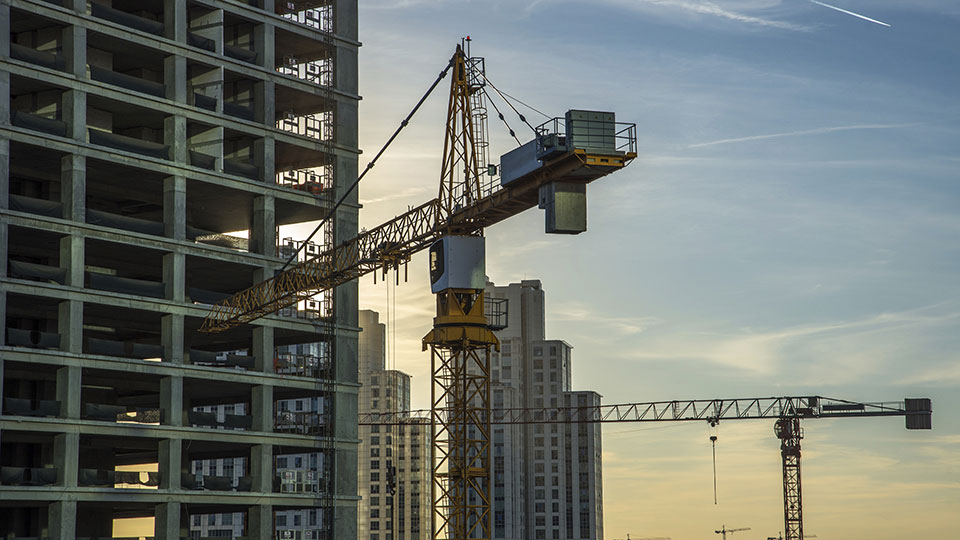Philippine economic managers expecting deeper economic slump of -5.5% for 2020

The Philippines’ economic managers have revised their economic performance assumptions for the entire 2020, seeing a deeper contraction than earlier projected as they took into consideration the country’s plunge to recession and Metro Manila return to stricter lockdown for two weeks.
“The Development Budget Coordination Committee has revised the GDP estimates for this year to -5.5% and that incorporates already the effects of the MECQ (modified enhanced community quarantine),” Acting Socioeconomic Planning Secretary Karl Kendrick Chua said in a virtual press briefing Thursday.
President Rodrigo Duterte placed Metro Manila, Laguna, Cavite, Rizal, and Bulacan under MECQ from August 4 to 18 following pleas from the medical community for a “time out” amid rising COVID-19 cases being admitted to hospitals.
The DBCC earlier projected that the country’s gross domestic product (GDP) — the value of goods and services produced by a nation in a given period — will shrink by 2.0% to 3.4% this year.
Apart from Metro Manila and its nearby provinces’ return to MECQ, the economic managers also took into consideration the latest available data on the economy and “also the assumptions how the virus will affect the economy.”
The Philippine Statistics Authority reported that the economy as measured by GDP shrank 16.5% in the second quarter —the worst performance on record since 1981.
The negative GDP in the April to June period has brought the country to a “technical recession,” the first time since 1991.
A recession means that a country posted two consecutive quarters of negative GDP. A “technical recession,” on the other hand, is defined as two consecutive quarters of negative GDP but is mainly caused by an isolated event — in this case a pandemic — rather than an underlying economic problem.
The Philippine economy was at a standstill during the latter part of the first quarter due to the implementation of strict quarantine measures — enhanced community quarantine (ECQ) in Metro Manila and other high-risk areas from March 17 to May 15, followed by a modified enhanced community quarantine (MECQ) until May 31 —to contain the spread of COVID-19.
Looser restrictions were then implemented under the general community quarantine (GCQ) starting June 1. Metro Manila and four other nearby provinces, however, were reverted to the stricter MECQ for two weeks.
Chua said the two-week lockdown should be used to “enhance our health care system so that we can provide more boost to consumer confidence in the remaining five months of the year so that we arrive at the GDP projection that we have forecasted.”
The Cabinet official earlier said that the return of Metro Manila and its adjacent provinces to MECQ is a “difficult but important decision.”
“Although this is expected to weigh down on the economy in the short term as resumption of business operations is limited, this will give our health system some respite amid the recent rise in COVID19 cases,” Chua said.
“It will also help improve productivity in the near-term as more lives are saved and consumer confidence restored,” he said.
Recovery
In a separate statement, the DBCC said it is confident the country is on track to economic recovery next year, with GDP growth expected to reach 6.5% to 7.5% by 2021 to 2022, as the national government continues its pump-priming activities.
“The priority implementation of the Build, Build, Build infrastructure program and revitalization of the industry and services sectors are expected to lead the recovery,” the economic managers said.
Inflation
The DBCC also narrowed its inflation rate assumption for 2020 to a range of 1.75% to 2.75%, citing subdued demand. For 2021 to 2020, however, inflation assumption was retained at 2% to 4%.
“This means that prices in the typical consumption basket of Filipino families will remain stable and predictable,” the economic managers noted.
Trade
The economic managers noted that assumptions for goods exports and imports for 2020 further contracted by 16% and 18%, respectively.
This is in “view of the slowing down of global trade due to the COVID-19 pandemic.”
The DBCC noted that the growth of goods exports is projected to pick up to 5% while growth of goods imports is expected to reach 8% by 2021 to 2022, “consistent with the expected pace of recovery in global and domestic demand in the following years.”
OFW remittances are also projected to fall by 5% this year but are expected to return to the normal annual growth rate of 4 percent in 2021 and 2022. — RSJ, GMA News




